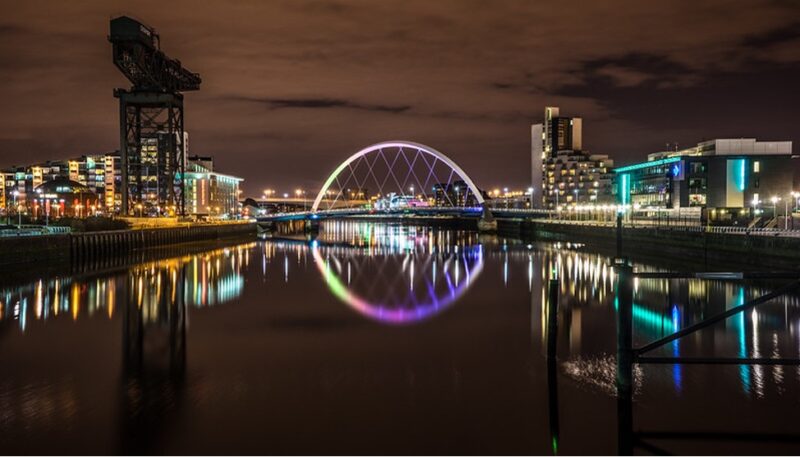Global lighting leader Signify has called on world and business leaders at Cop26 to accelerate the transition to energy-efficient smart LEDs.
Arguing that the switch would help countries meet their climate targets, the lighting company suggests leaders should focus on improving both professional and consumer markets to reap environmental, economic, and social benefits.
Specifically, Signify claims a green switch to LED lighting could reduce the global carbon footprint by more than 553 million tonnes a year, which would equate to annual savings of 177 billion Euros.
“This isn’t rocket science. Today, lighting consumes around 12% of the global electricity consumption a year, but by moving to more energy-efficient smart LED lighting this is expected to drop to 8% by 2030, while the total number of light points will only increase,” said Harry Verhaar, Signify’s head of global public and government affairs.
“But so far, the pace is too slow. More needs to be done and accelerating the switch is necessary for all of us to reach our goals,” he added.
Timed largely to coincide with negotiations in Glasgow, the call to action also aligns with the 2025 LED recommendations of the International Energy Agency’s Net Zero Pathway report which suggests the share of LED light bulbs in total sales should reach “100% by 2025 in all regions”. The report also says that minimum energy performance standards should be complemented by smart controls of appliances, in order to improve energy efficiency in the home and workplace.
“The current decade to 2030 will be decisive for world leaders to reach the goal of net zero by 2050. They must back their commitments by actions that deliver results on the short to medium term,” said Brian Motherway, head of energy efficiency at IEA. “We envisage that a move to more energy-efficient technologies is one of the core measures that will help us in our Race to Zero.”
Lighting can be a quick and easy part of a building renovation and deliver significant electricity savings, reducing the built environment’s lighting-related energy consumption by up to 80%. Signify argues that building codes must be revised, and leaders should push for these changes within the public and private sector.
“While the world needs time to shift to renewable energy, we can today address many of the urgent energy challenges the world is facing in electricity and fuel shortages and price hikes, by accelerating the switch to energy-efficient lighting, doubling the rate of building renovations per year, and by making consumers more aware of the significant impact they can have in the Race to Zero,” said Eric Rondolat, CEO of Signify.
“This will help to reduce emissions, and at the same time save businesses and consumers money in their purses, while creating jobs. That is why we call upon political and business leaders around the globe to commit to these bold targets.”
Learn more about Signify’s actions that can help to accelerate the EU Green Deal and American Jobs Plan and visit the webpage dedicated to the Green Switch programme.
This post was sponsored by Signify. See our editorial guidelines for what this means.
